The Bamu River lies in one of Papua New Guinea’s poorest and least developed regions of the Western Province.
Here—among the swampy shores and the villages perched on stilts—it is not uncommon for women to marry as young as 15 or 16 and begin having babies soon after.
One woman I met in her early thirties was pregnant with her ninth child. She came to our clinic seeking family planning – exhausted by the struggle of feeding the children she already had.
Each village – a culture unto itself – often has its own dialect, beliefs and customs.
Yet there are also many commonalities between the women of the Bamu region:
They are the primary providers for their families, working long hours to harvest sago in the hope that it will be enough to feed their husbands and children for one more day.
They are clothed in long-forgotten hand-me-downs, often torn and stained from years of use.
Some drink from water tanks, others live in villages where clean water is not yet available.
They give birth without fanfare and raise children without parenting books.
One extreme
On one end of the spectrum you have extreme cases like that of Bokoro’s – a woman from the village of Mirowu who was giving birth on a small board in the mud behind her house when we met her. It was there she delivered her daughter, surrounded by ankle-deep mud.
Bokoro’s head was partially covered from the rain under a small tarp strung between two branches, and her newborn baby was being kept dry by a banana leaf overhead.
In Bokoro’s village, women remain in their small, temporary shelter behind their homes until they stop bleeding – anywhere from 2-4 weeks following the birth.
A better scenario
Other women are lucky to have someone like Josephine help them give birth.
Josephine is the unofficial birth attendant in Bamio where there is an aid post staffed by two Community Health Workers. She is untrained—but experienced—and works to make childbirth as safe as possible for the women of her village.
She brings them into the thatched delivery room on stilts and helps them onto the bamboo bed, no mattress or clean sheets or running water in sight.
After delivery she cares for them, watching closely for postpartum haemorrhage and helps them to recover, keeping them as clean as she’s able given there’s no water tank in this village of 500.
The luckiest of women
And other women – perhaps the luckiest – are able to travel to a government-funded Health Station in Emeti to give birth to their child under the care of experienced nurse, Antonia Iwani.
Antonia trained for three years in Kapuna School of Nursing (back when nursing was still only available to women) and then worked for two years at Kikori Hospital before returning to her home village of Emeti where she now supervises the Health Station and three Community Health Workers, as well as the aid posts in Bamio and Bina.
“Midwife” is only one of the hats that Antonia wears, but as she showed our volunteer midwife and I around their maternity ward it was obvious that she was skilled and knowledgeable – a clear authority in the region.
In Emeti there have only been three maternal deaths since 1997, a stark contrast to the nine she was aware of in outlying villages since the start of this year.
She proudly showed us the birthing bed – a hard wooden surface covered by a well-used, slightly torn tarpaulin. On the end hung small stirrups, no mattress in sight.
An AusAID handbook detailing what to do in emergency situations hung on the wall beside the bed with a single nail.
In the corner of the room was a simple wooden bassinet.
She showed me the supply cabinet and told me what drugs are commonly administered – oxytocin for third stage labour, and antibiotics and antimalarials if needed.
The final stop on our maternity ward tour was the indoor shower where mothers could rinse themselves, washing the remnants of birth down the drain.
Together we looked through the birth registry – over forty births since earlier this year: mothers, just like me – in their twenties and thirties (with some reaching into their teens and forties) – and babies typically born after an average of one hour of labour from start to finish, weighing no more than 2-3 kilograms.
Most women, like me, would be terrified to birth in a maternity ward void of electricity or life-saving devices. And yet here, in the Bamu, the Health Station’s simple ward is a luxury not afforded to many.
Though her resources are limited, it’s clear that Antonia provides excellent care for her patients.
Bringing change to the Bamu
Next year will mark Antonia’s thirtieth year of providing health care in the region.
This unsung hero has seen much change over the course of three decades, and yet there is still much work to be done.
One of the greatest needs is maternal education in the villages, where many—like Bokoro—give birth even without the aid of traditional birth attendants. Things like hand washing and gloves and sterile blades to cut umbilical cords (clean birth kits) can help to reduce the risk of infection and incidence, and yet that is only a part of the solution. Education is desperately needed on topics like third stage labour and postnatal care, especially in regards to postpartum haemorrhaging (and secondary postpartum haemorrhaging) due to retained placenta.
Ideally, Antonia would have the means to travel to outlying villages up to four times a year to give care and provide health education, but when I asked her how many times she’d been so far this year she shook her head and said, “the funding is just not there.”
The women of the Bamu are a strong, courageous breed of mothers. There are not many places in the world where childbirth has more drastic implications or where the phrase “miracle of life” has more poignant meaning.
For Bokoro, Josephine, Antonia, and hundreds more like them, this is the reality they live with every day of their lives.




















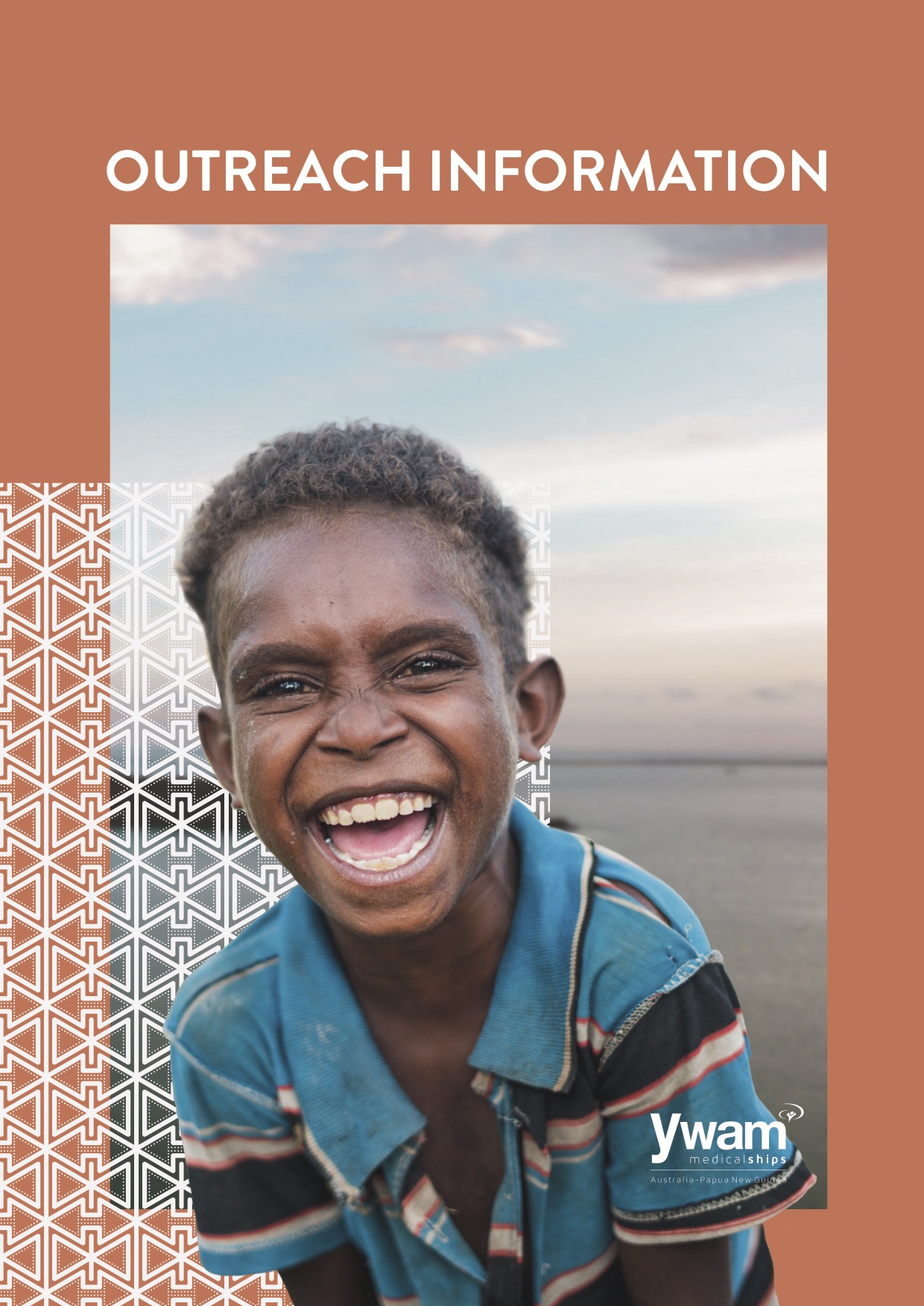









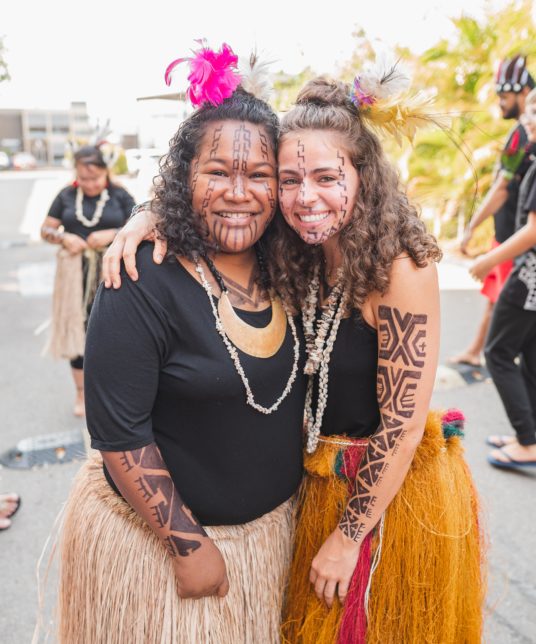
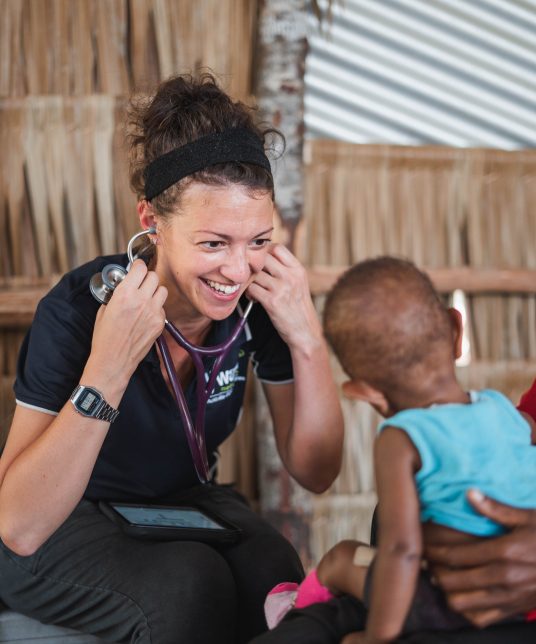
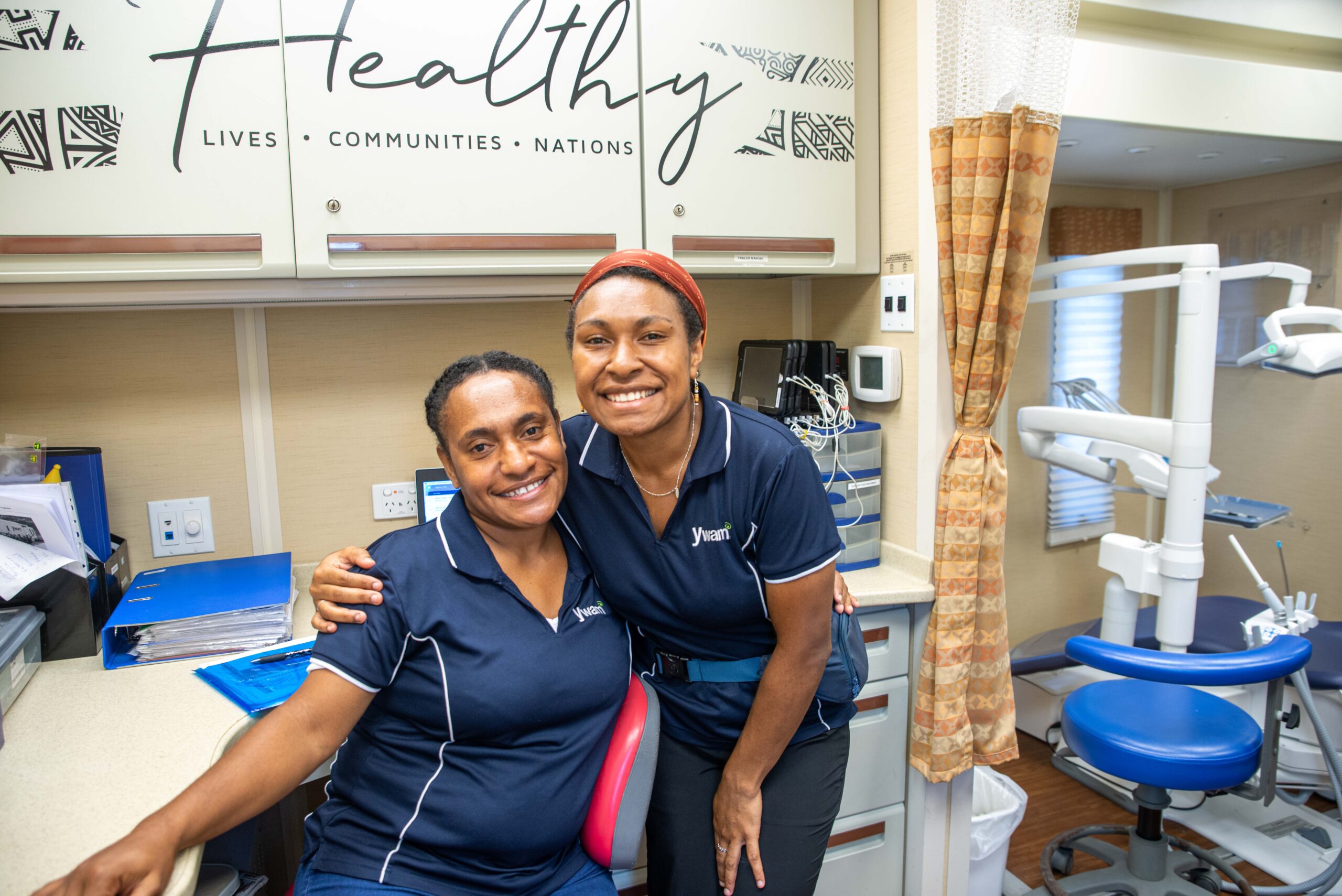
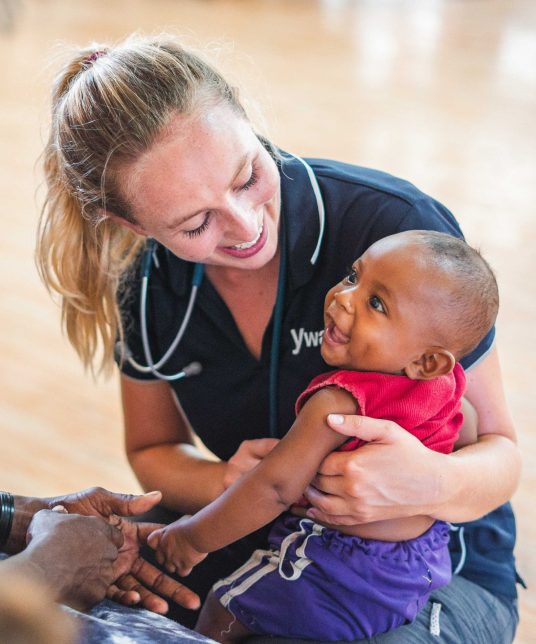



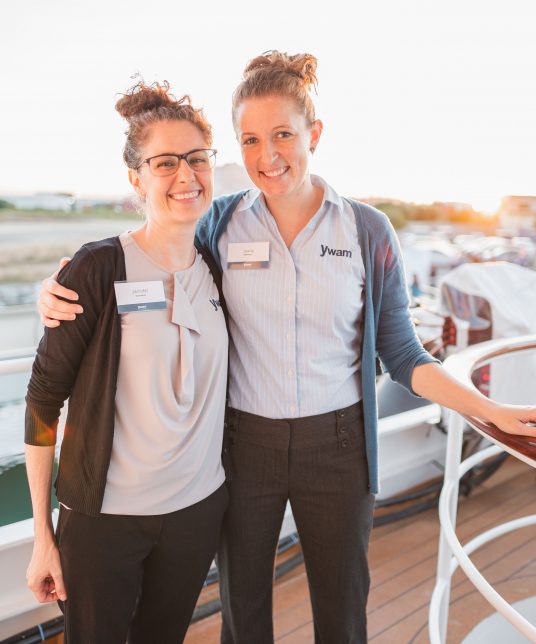


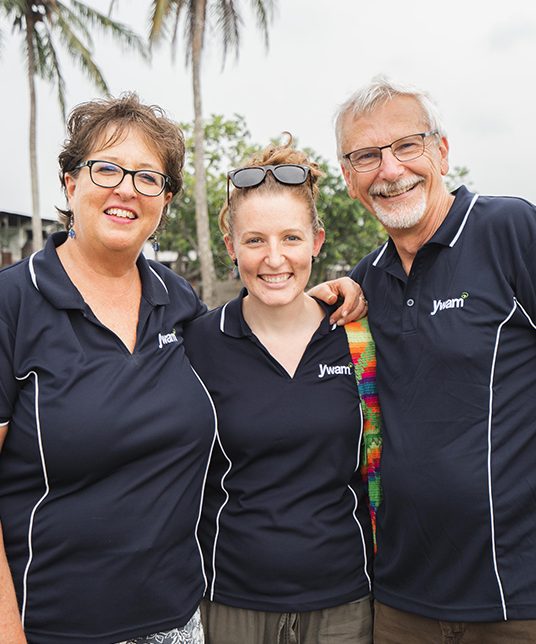
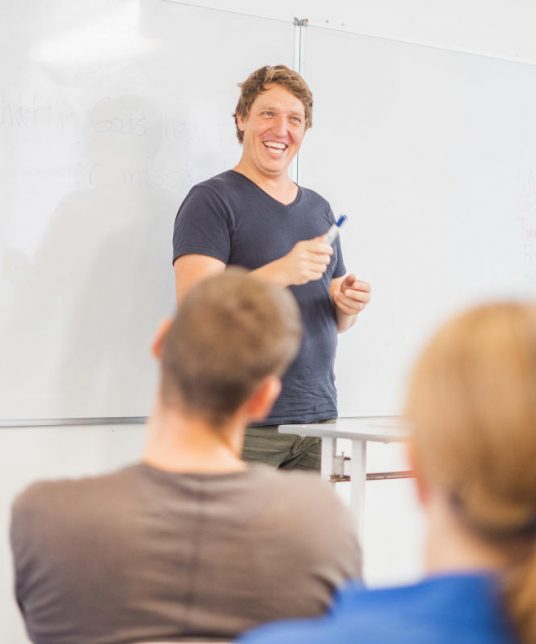
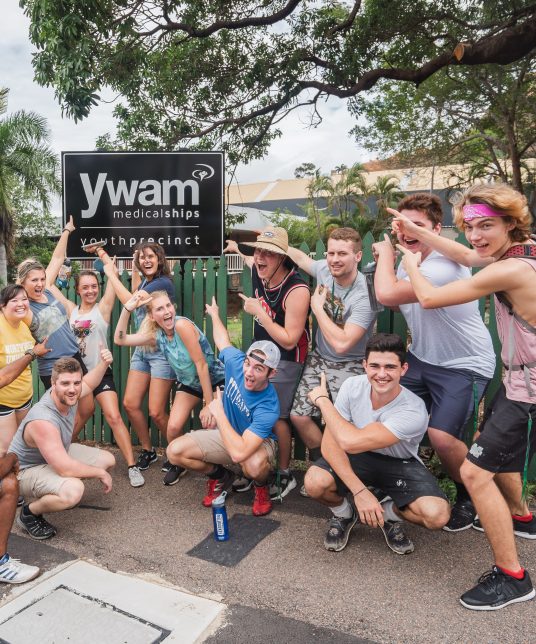
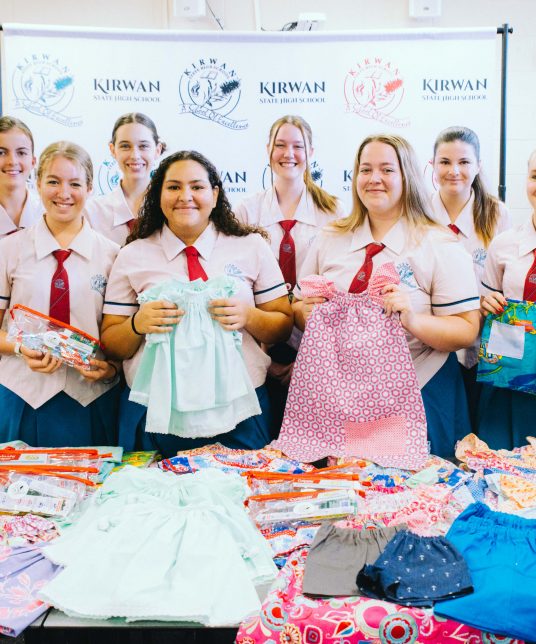


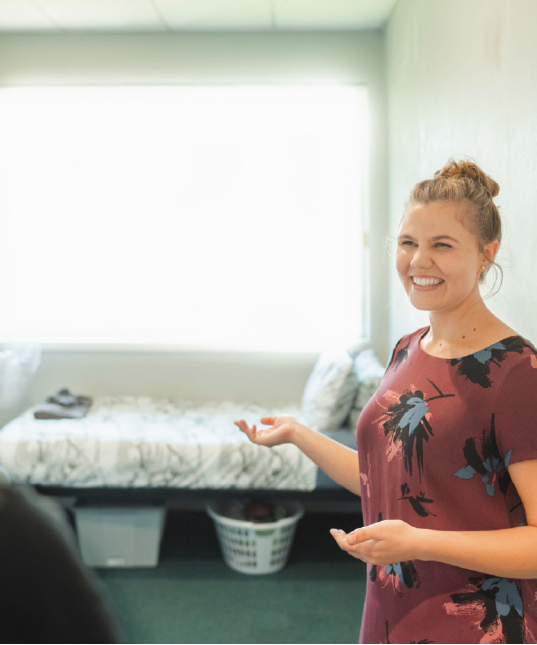

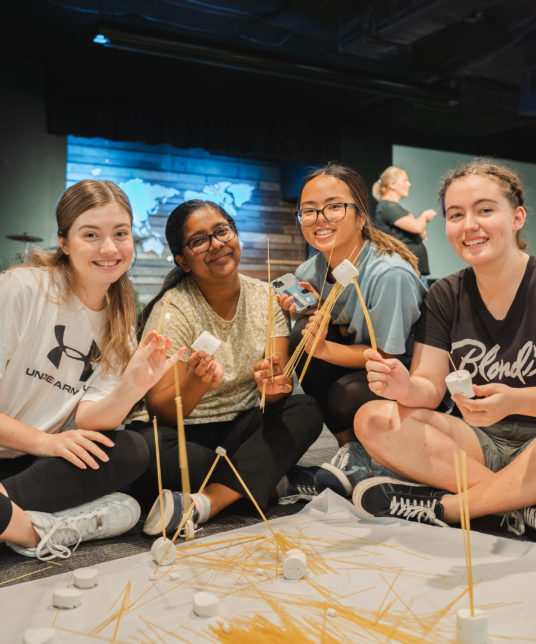

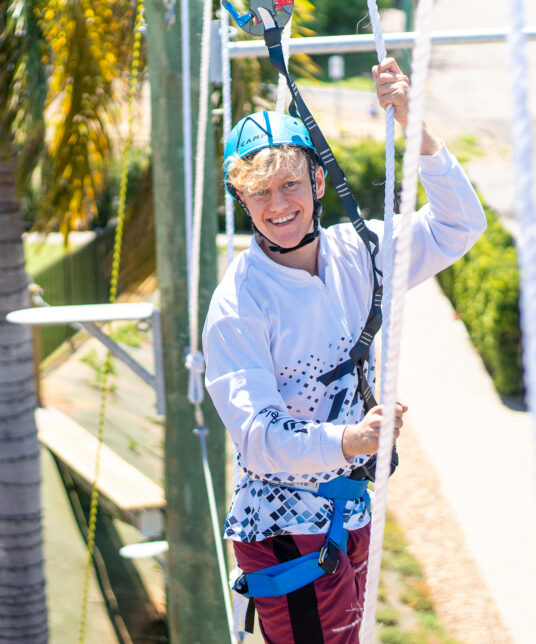
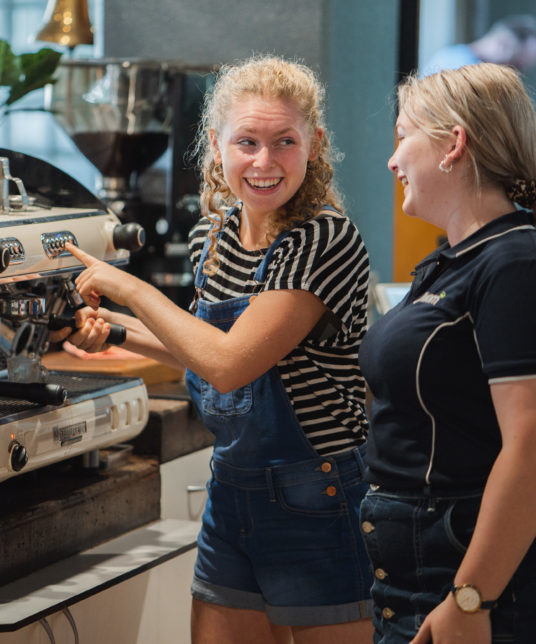
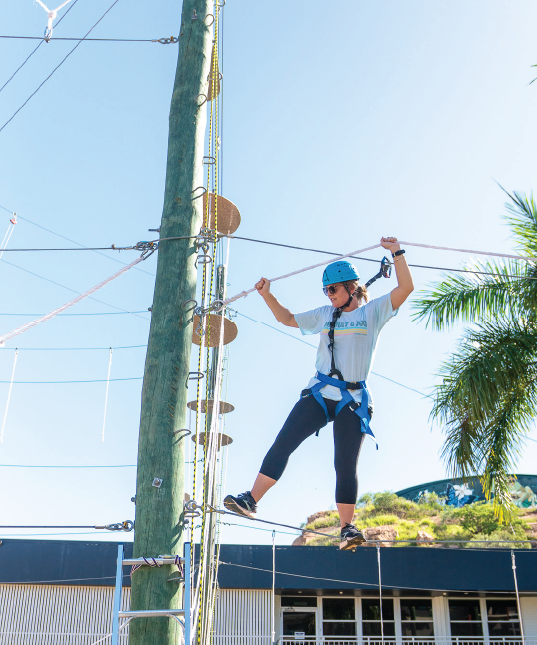

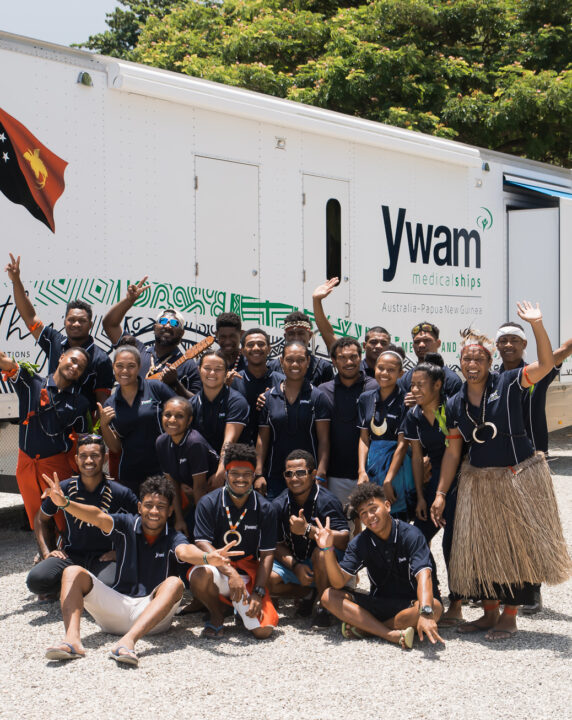


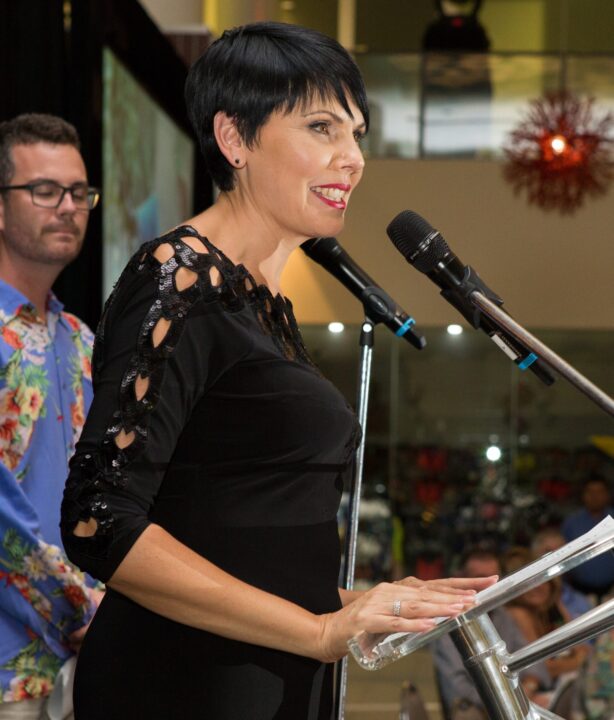

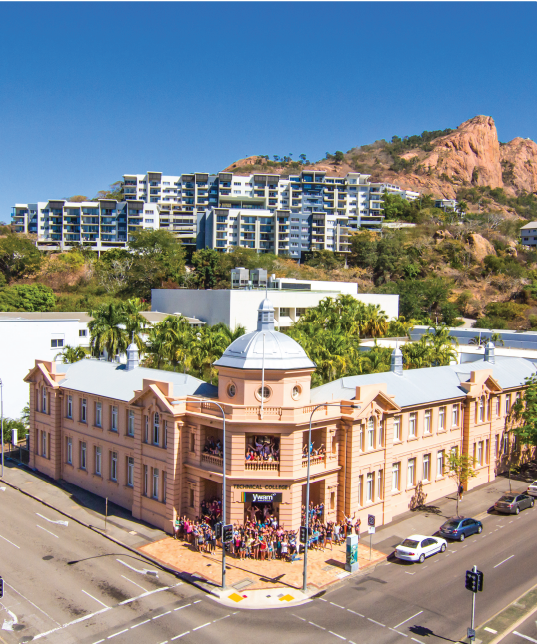


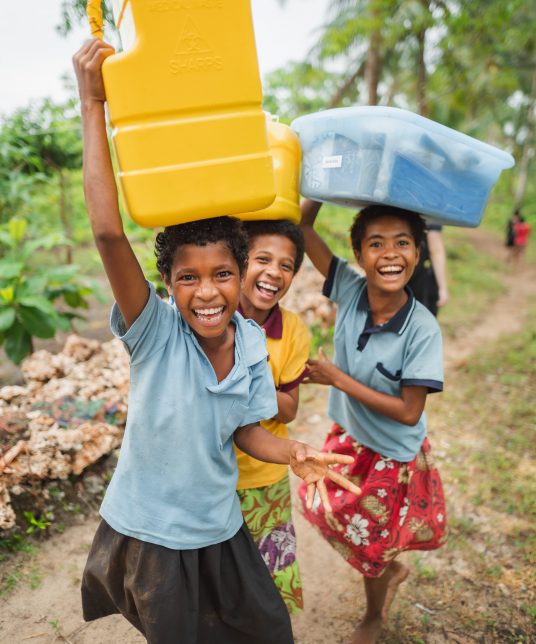
Recent Comments